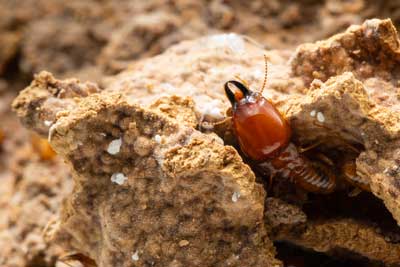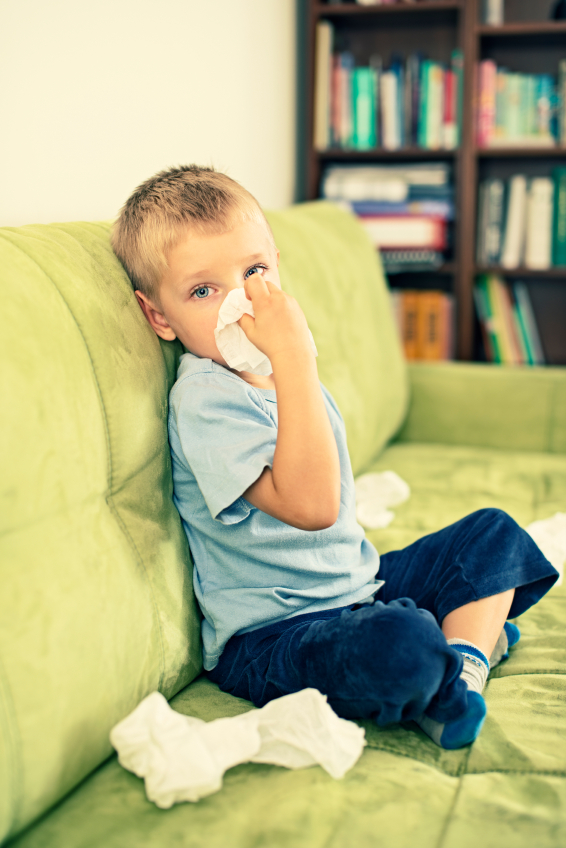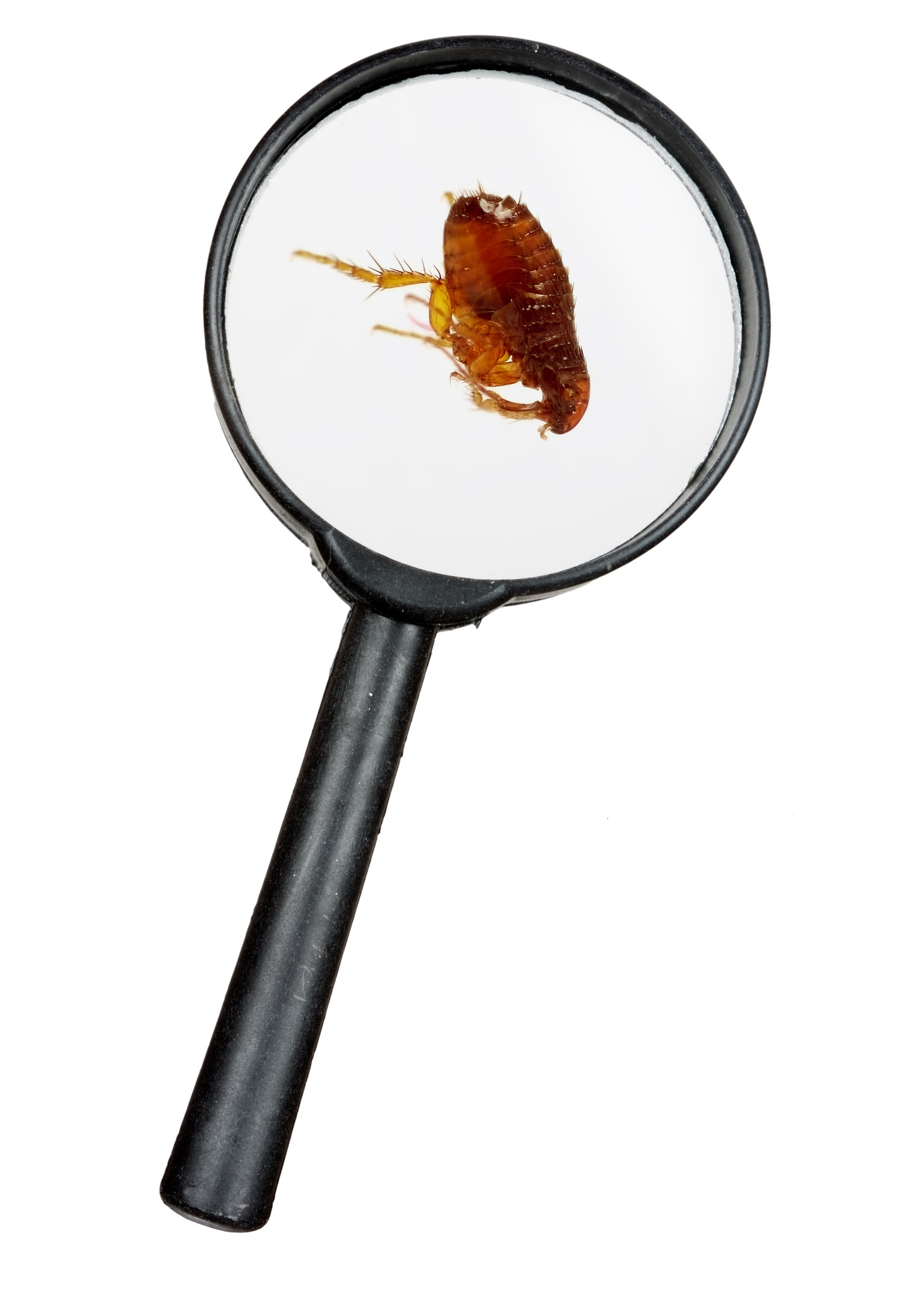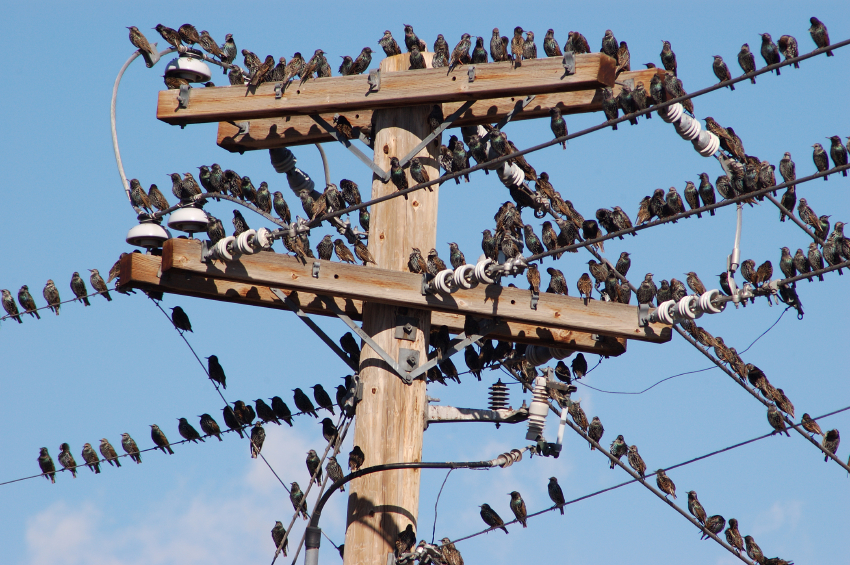A recent industry report revealed that rodents and bed bug pressure continues to rise and that could spell trouble for midwest homeowners. According to the pest management industry research firm Specialty Consultants, 55 percent of pest management professionals expect rodent services to increase in the coming year and mice were far and away the # 1 rodent pest management professionals treated for in consumers’ homes. The study also reported that U.S. pest control companies completed 815,000 bed bugs jobs in 2015 and those jobs has an estimated value of $573 million – an increase of $100 million over the previous year. If that trend continues experts predict the industry could generate $1 billion in service revenue from bed bugs in five years.
What does this mean to you the homeowner? It means that a pro-active approach to pest management is necessary and remembering it is easier, less stressful and will cost you less to keep pests out of your home than trying to remove them once they get inside. To keep bed bugs and mice out of your home and prevent undesirable, springtime pests such as ants, termites, mice and fruit flies from invading your living space, Griffin Pest Solutions says de-cluttering and sprucing up your home during your annual spring is well worth the effort. Springtime pests can quickly become headaches, especially when it comes to unappetizing food from ant infestations in the kitchen, mice in the house and costly property damage from termites. That’s why it’s worth taking the extra precautions necessary for spring pest prevention.
Griffin Pest Solutions offers the following Eight Great Spring Pest-Proofing tips with homeowners to keep unwanted pests on the outside looking in!
1. When de-cluttering and storing items, use durable, sealed containers that pests can’t easily infest or chew through instead of cardboard boxes or plastic bags.
2. Remove all of the items from cabinets and pantry. Go through them and discard stale spices and other dated items such as flour and grains. These baking ingredients attract pantry pests, including several types of beetles, Indian meal moths and ants.
3. Immediately wipe up any crumbs or spills from countertops, tables, floors and shelves.
4. If you keep fresh fruit on the counter, check it often for signs of over-ripening or decay, which can attract fruit flies.
5. Run the garbage disposal regularly.
6. Don’t let dirty dishes pile up and stand in the sink.
7. Don’t leave pet food and water bowls sit out for long periods of time.
8. Take notice of any built up moisture and eliminate these sites, including leaking pipes and clogged drains.
If you have a problem with or questions about spring pests call or e-mail Griffin Pest Solutions at 888/547-4334 or callcenter@https://www.griffinpest.com/.





